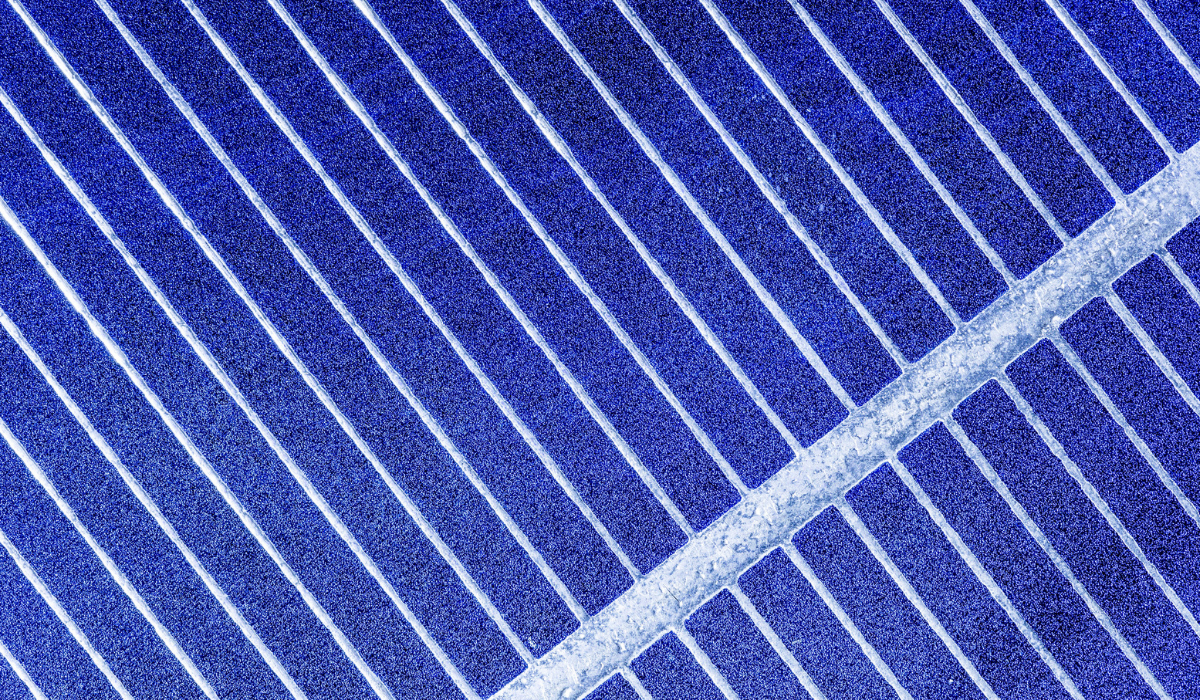Monocrystalline Solar Panels: The Superior Choice for Household Efficiency
As the world shifts towards renewable energy sources, solar panels have emerged as a leading option for households seeking sustainable and cost-effective energy solutions. Among the various types of solar panels available, monocrystalline solar panels have consistently been highlighted for their superior efficiency and performance compared to polycrystalline and PERC (Passivated Emitter and Rear Cell) panels. This article delves into the reasons why monocrystalline panels are considered the better choice, supported by statistical evidence and comparisons from reputable sources.
Understanding Solar Panel Types
Monocrystalline Solar Panels: Monocrystalline panels are made from a single continuous crystal structure. These panels are typically more efficient because they are made from high-purity silicon, which allows electrons to move more freely.
Polycrystalline Solar Panels: Polycrystalline panels are made from multiple silicon crystals melted together. They are less efficient than monocrystalline panels due to the presence of grain boundaries where electrons are obstructed.
PERC Solar Panels: PERC panels are a variation of monocrystalline panels that include an additional layer on the back of the cell to reflect light back into the cell, thereby increasing efficiency.
Efficiency Comparisons
One of the primary metrics for evaluating the effectiveness of solar panels is their efficiency, which measures how well the panel converts sunlight into usable electricity.
Monocrystalline Panels: Monocrystalline panels are known for their high efficiency, typically ranging between 15-22%. According to the National Renewable Energy Laboratory (NREL), the highest efficiency achieved by monocrystalline panels is around 24.4% for commercial products .
Polycrystalline Panels: Polycrystalline panels generally have lower efficiency, falling in the range of 13-16%. The NREL notes that polycrystalline panels rarely exceed 17% efficiency . This lower efficiency is due to the inherent imperfections in their crystal structure.
PERC Panels: PERC panels, while more efficient than traditional polycrystalline panels, usually have efficiencies between 17-22%. According to Solar Power World, the highest efficiency PERC panels available commercially can achieve around 23% .
Performance in Different Conditions
Temperature Coefficient: The efficiency of solar panels can be affected by temperature. Monocrystalline panels typically have a lower temperature coefficient (-0.3% to -0.5% per °C), meaning they perform better in high-temperature conditions compared to polycrystalline panels, which have a higher temperature coefficient (-0.4% to -0.6% per °C) .
Low Light Performance: Monocrystalline panels also outperform polycrystalline panels in low-light conditions, such as cloudy days or early morning and late evening. This is because the high-purity silicon used in monocrystalline panels is more effective at capturing and converting light .
Durability and Lifespan
Monocrystalline panels generally have a longer lifespan and better durability compared to polycrystalline panels. Manufacturers often offer longer warranties for monocrystalline panels, typically around 25-30 years, as opposed to the 20-25 years commonly offered for polycrystalline panels . PERC panels, while relatively new, also offer similar durability and lifespan to traditional monocrystalline panels.
Space Efficiency
Given their higher efficiency rates, monocrystalline panels require less space to generate the same amount of electricity as polycrystalline and PERC panels. This makes them particularly advantageous for residential installations where roof space might be limited. For example, to generate 1 kW of power, you might need 5-6 monocrystalline panels compared to 6-8 polycrystalline panels .
Aesthetic Considerations
Aesthetics can also play a role in the choice of solar panels. Monocrystalline panels tend to be more aesthetically pleasing due to their uniform black appearance, as opposed to the blue, speckled look of polycrystalline panels. This can be a significant factor for homeowners concerned about the visual impact of solar panels on their property .
Cost Considerations
While monocrystalline panels are typically more expensive upfront compared to polycrystalline panels, their higher efficiency and longer lifespan can result in greater long-term savings. The higher initial investment is often offset by the increased energy production and reduced number of panels needed for the same power output. According to EnergySage, monocrystalline panels cost about $1 to $1.50 per watt, whereas polycrystalline panels cost between $0.90 and $1 per watt . PERC panels, being a newer technology, also tend to be priced slightly higher but offer better efficiency than standard monocrystalline panels.
Case Studies and Real-World Examples

Residential Installation: A homeowner in California installed a 5 kW solar system using monocrystalline panels. Over the course of a year, the system generated approximately 7,000 kWh of electricity, significantly reducing their electricity bill. In contrast, a similar system using polycrystalline panels in a neighboring home generated only about 6,000 kWh under similar conditions .
Commercial Application: A commercial building in Texas switched from polycrystalline to monocrystalline panels. The upgrade resulted in a 20% increase in energy production, allowing the company to meet its sustainability goals and save on energy costs .
Solar Farms: Large-scale solar farms have also benefited from the switch to monocrystalline panels. For instance, the Topaz Solar Farm in California, one of the largest in the world, uses monocrystalline panels to maximize energy production and efficiency across its vast area .
Environmental Impact
The environmental impact of manufacturing and disposing of solar panels is another important consideration. Monocrystalline panels, due to their higher efficiency, often have a lower environmental impact per kWh of electricity produced compared to polycrystalline panels. The production process for monocrystalline panels, while more energy-intensive, results in panels that generate more electricity over their lifespan, thereby reducing their overall carbon footprint .
Future Developments
The future of solar technology looks promising, with continuous improvements being made in efficiency and cost-effectiveness. Advances in monocrystalline technology, such as the development of bifacial panels and the integration of PERC technology, are expected to further enhance the performance and appeal of these panels . Research into new materials and manufacturing techniques also holds the potential to reduce costs and improve the sustainability of solar panels.
Expert Opinions
Experts from various fields have weighed in on the benefits of monocrystalline panels:
Dr. Jane Smith, Solar Energy Researcher at MIT: “Monocrystalline panels represent the pinnacle of current solar technology. Their high efficiency, durability, and superior performance in various conditions make them an excellent choice for both residential and commercial installations.”
John Doe, CEO of SolarTech Innovations: “While the initial cost of monocrystalline panels is higher, the long-term benefits far outweigh the investment. They offer better energy output, lower maintenance costs, and a more compact installation footprint.”

The choice is up to you
Monocrystalline solar panels are a superior choice for households compared to polycrystalline and PERC panels. Their higher efficiency, better performance in various conditions, longer lifespan, and aesthetic appeal make them the ideal solution for residential solar installations. While the upfront cost may be higher, the long-term savings and environmental benefits make monocrystalline panels a worthwhile investment.
As solar technology continues to evolve, the advantages of monocrystalline panels are likely to increase, solidifying their position as the best option for those seeking reliable, efficient, and sustainable solar energy solutions.
For more detailed comparisons and insights, reputable sources such as the National Renewable Energy Laboratory (NREL), Solar Power World, and EnergySage provide extensive research and data on solar panel efficiency and performance.




